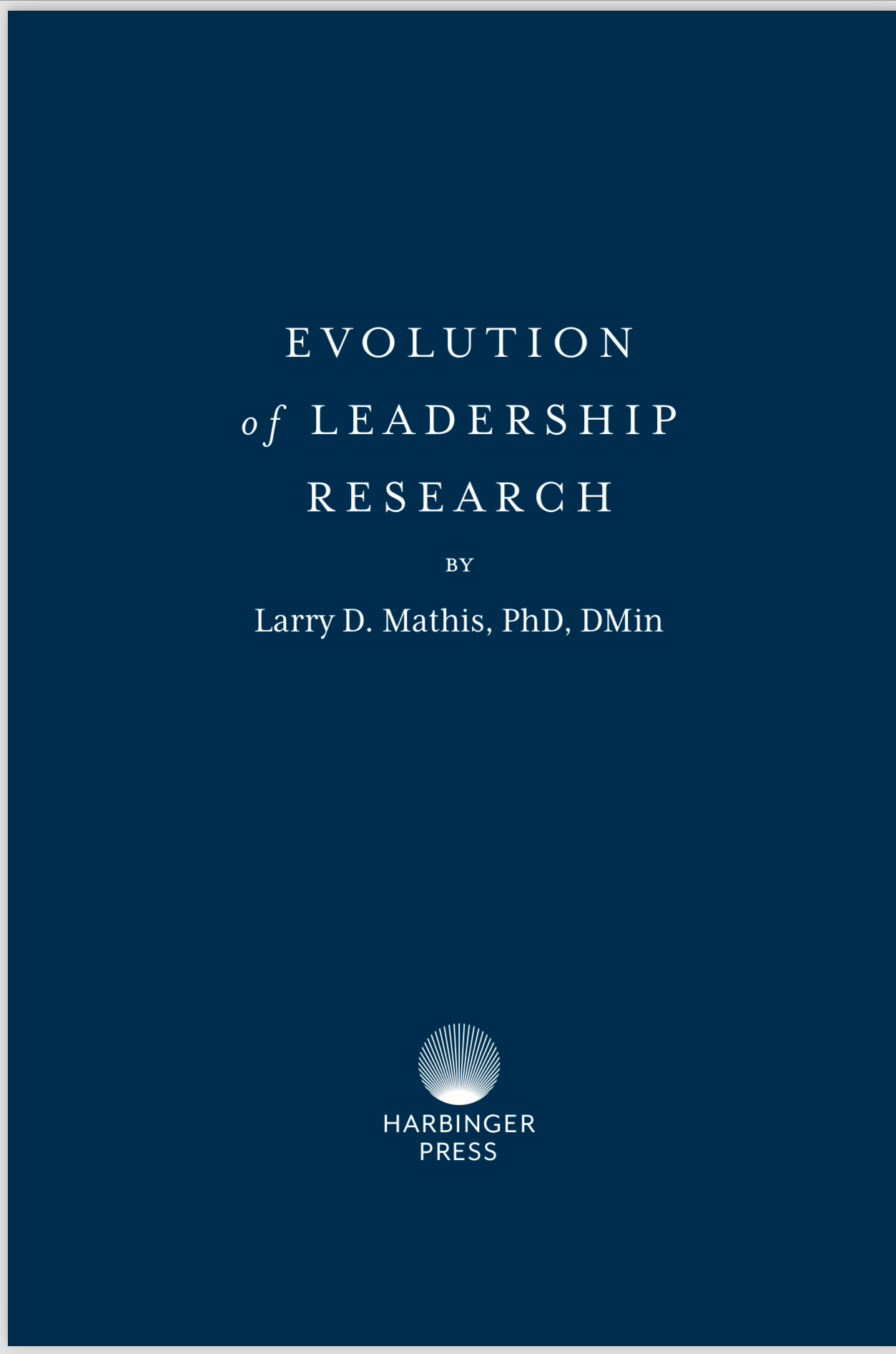Agreement between the United Kingdom and Germany respecting
Signed at London, March 11, 1913
The Government of His Britannic Majesty and the Imperial German Government being desirous of arriving at an Agreement respecting (1) the settlement of the frontier between Nigeria and the Cameroons, from Yola to the sea, and (2) the regulation of navigation on the Cross River:
The undersigned, duly authorised by their respective Governments, have agreed as follows:
1. The boundary starts at a point a quarter of a mile (.4 kilom.) north-west of boundary pillar 17 along the prolongation of the straight line joining boundary pillars 16 and 17.
2. From this point the boundary runs in a straight line, as shown in red on the map (sheets 1 and 2), signed by the German and British delegates at London on October 6, 1909, until it cuts the thalweg of the Maio M'Bulo (Mao Bulo), at a point about half a mile (.75 kilom.) west of Ganfada (Gangfada).
3. The boundary now runs along the thalweg of the Maio M'Bulo (Mao Bulo) until it reaches a point about a mile and a half (2.4 kilom.) east of Tibak (Ganbe), when it follows its southern tributary, as shown on the aforesaid map (sheet 2).
4. From the head-waters of this southern tributary the boundary runs in a straight line to the top of a hill called Dakka (Wori). From Dakka (Wori) the boundary runs about south-south-west in a straight line for a distance of about a mile and a quarter (2 kilom.), when it joins one of the tributaries of the Maio Kam (Mao Kam), as shown on the aforesaid map (sheet 2).
5. The boundary then follows the thalweg of the Maio Kam (Mao Kam) as far as its junction with the Maio Kirimi (Mao Kirimi), thence it runs in a straight line approximately south-south-east for a distance of about 3 miles (4.5 kilom.), to a point shown on the aforesaid map (sheet 2); thence as shown on that map to the top of One Tree Hill, and thence in a straight line approximately south-south-west to the hill, distant about 5 miles (8 kilom.), shown on the south margin of sheet 2; thence in a straight line to the top of Hos. Shina (Schina) (sheet 3).
6. From this point the boundary runs for a distance of about 6 miles (9.6 kilom.) along the Shina (Schina) Ridge in the manner shown on sheet 3, and thence in a straight line to the top of Hos. Tukorua, thence in a straight line to the top of Hos. Shekussum (Schekussum), and from this point in a straight line to the top of Hos. Pabun (Pabang) (sheet 3).
7. The boundary now runs in a straight line from Hos. Pabun (Pabang) to the top of hill 1352 (sheet 4), thence in a straight line to the top of Hos. Kun (Hos. Bali), and from that point in a straight line to the junction of the Maio Kalo (Mo) with the Maio Gazabu (Mao Abaschirschir).
8. The boundary-line follows the thalweg of the Maio Kalo (Mo) until it meets the straight line shown in red on sheet 4.
9. It now follows this line as far as a point in the thalweg of the Maio (Mao) Sung, approximately 1 3/4 miles (2.8 kilom.) east of Oodi (as shown on sheet 5). Thence it goes in a straight line to the source of the Maio (Mao) Tati, and runs along its thalweg until it joins the Rafin Donga. The boundary now follows the thalweg of the Rafin Donga as far as the tributary shown on sheet 5, which is about 3 1/4 miles (5.2 kilom.) north-east of the trigonometrical point 1345. It follows the thalweg of this tributary till it meets the straight line shown in red crossing the Wanya (Wanga) Mountains, which straight line it runs along until its intersection with the Gamana River (as shown on sheet 5), about 3 3/4 miles (6 kilom.) east of Madaiki (Madagi). The boundary continues along this straight line till it meets the Katsena River at a point approximately 2 miles (3.2 kilom.) north-east of the trigonometrical point 1627; thence in a straight line to this trigonometrical point, and thence in a straight line to a point in the thalweg of the River Wom, which is approximately half a mile (.8 kilom.) north of trigonometrical point 1278 (sheet 6). The boundary now runs westwards along the thalweg of the River Wom as far as its junction with the River Imba (Bija); thence it follows the thalweg of the River Imba (Bija) to the source of a tributary as shown on sheet 6, and crossing the watershed to the source of the River Maquari (Mekwer), follows the thalweg of that river as far as its junction with the Rivers Tunga and Morno, thence it follows the thalweg of the River Morno (sheet 6) to a point about 1 mile (1.6 kilom.) east of trigonometrical point 2490 (sheet 7).
10. Thence it runs in a straight line as far as the River Anyalo (Anube), which it meets approximately 2 1/2 miles (4 kilom.) north of Atteri (Atscho). The boundary now follows the thalweg of the River Anyalo (Anube) to the source of its western tributary, as shown on sheet 7; it crosses the watershed to the source of a large tributary of the River Oyi (Oji), along the thalweg of which it runs to its junction with the River Oyi (Oji).
11. Thence the boundary runs in a straight line to the highest point of a large twin-peaked hill (sheet 7), and thence in a straight line to a point in the thalweg of the River Anebir (Anjibir) at the place where the road from Bashu (Baschu) to Obunyi (Oboni) crosses it.
12. The boundary follows the thalweg of the River Anebir (Anjibir) in a southerly direction until it meets the prolongation of the line joining boundary pillars 6 and 7, thence it runs in a straight line to boundary pillar 7.
13. From pillar No. 7, shown on sheet 1 of map T.S.G.S. 2240, the boundary runs in a straight line, in an approximately south-west direction, through pillars No. 6, on the Bashu (Baschu)-Bodam road, No. 5 on the Okon River (left bank), No. 4 on the Abo-Bodam road, No. 3 on the North Danare-Bodam road, No. 2 on the South Danare-Bodam road, No. 1 on the Baje (Badje)-Danare road.
14. The division of the villages in this neighbourhood is as follows:
British | German
Bashu Big Bodam
North Danare Little Bodam
South Danare Dar
15. Thence the boundary runs in the same straight line to a pillar about 6 miles (9.6 kilom.) distant, and thence in a straight line to the thalweg of the Cross River at a bend of the river about 2 1/2 miles (4 kilom.) upstream from Obokum.
16. Thence the boundary follows the thalweg of the Cross River to its junction with the River Awa (Aua), thence along the thalweg of the Awa (Aua) River to a large cairn of stones at its source, situated about latitude 5° 23' 05" north, longitude 8° 50' 11" east, as shown on sheet 1, T.S.G.S. 2240.
17. Thence in a straight line to the highest point of Boundary Mountain (3547), thence in a straight line to a pillar on the road Nkuru-Abong, thence in a straight line to the highest point of the mountain Ojum Ojum, as shown on map T.S.G.S. 2240, sheet 2, thence in a straight line to the highest point of the mountain Mongum, thence in a straight line to a pillar on the road from Ekongdup-Abong about 1 mile (1.6 kilom.) north-west of Ekongdup (Ekongdub), thence to a pillar on the bank of the River Akpakorum about two-thirds of a mile (1 kilom.) downstream from the point where the Ekonako-Ekong road crosses the Akpakorum, and thence by the shortest line to the thalweg of the River Akpakorum, known in its lower reaches as the Akwayafe (Akwajafe).
18. Thence it follows the thalweg of the Akpakorum (Akwayafe) River, dividing the Mangrove Islands near Ikang in the way shown on the aforesaid map T.S.G.S. 2240, sheet 2. It then follows the thalweg of the Akwayafe as far as a straight line joining Bakasi Point and King Point.
19. Should the thalweg of the Lower Akwayafe, upstream from the line Bakasi Point-King Point, change its position in such a way as to affect the relative positions of the thalweg and the Mangrove Islands, a new adjustment of the boundary shall be made, on the basis of the new positions, as determined by a map to be made for the purpose.
20. Should the lower course of the Akwayafe so change its mouth as to transfer it to the Rio del Rey, it is agreed that the area now known as the Bakasi Peninsula shall still remain German territory. The same condition applies to any portion of territory now agreed to as being British, which may be cut off in a similar way.
21. From the centre of the navigable channel on a line joining Bakasi Point and King Point, the boundary shall follow the centre of the navigable channel of the Akwayafe River as far as the 3-mile limit of territorial jurisdiction. For the purpose of defining this boundary, the navigable channel of the Akwayafe River shall be considered to lie wholly to the east of the navigable channel of the Cross and Calabar Rivers.
22. The 3-mile limit shall, as regards the mouth of the estuary, be taken as a line 3 nautical miles seaward of a line joining Sandy Point and Tom Shot Point.
23. Nothing in this Agreement shall prevent British or German vessels, whether public or private, from using the most convenient course between the open sea and the Akwayafe River, and from navigating that river without any differential treatment whatever.
24. The marking, dredging, or buoying of the navigable channel of the Akwayafe River from the 3-mile limit landward may be carried out, after agreement between the two Governments, either by the German or British Government, or by both.
25. The marking, dredging, or buoying of the navigable channels of the Cross and Calabar Rivers from the 3-mile limit landward shall be carried out by the British Government at the discretion of that Government.
26. The fishing rights of the native population of the Bakasi Peninsula in the estuary of the Cross River shall remain as heretofore.
27. It is agreed that within six months from the date of marking out the boundary natives living near the boundary-line may, if they so desire, cross over to live on the other side, and may take with them their portable property and harvesting crops.
28. In marking out the boundary the representatives of the two Governments shall have the power, subject to subsequent approval by the two Governments, to make minor deflections from the boundary herein laid down, such deflections not to exceed 1 1/4 miles (2 kilom.) in cases where it is considered desirable, in order that farms shall not be separated from the villages to which they belong.
29. Where the boundary is formed by rivers the populations on both banks shall have equal rights of navigation and fishing.
30. The maps signed by the British and German delegates on the 6th October, 1909, are hereby confirmed, and regarded as forming an integral part of the Agreement.
RETURN

Review of “Evolution of Leadership Research by Larry D. Mathis, PhD, DMin “ The book was first brought to my attention by Shawn Mathis, Ph. D...

This article was first published on November 12, 2024, on https://constitutionaldiscourse.com/a-game-for-the-throne-the-nigerian-constitution-and-the-...

Civil Society and Social Movements: The Role of Activism and Radical Politics in Deepening Democracy in AfricaByOtive Igbuzor, PhDFounding Executive D...

Chimaroke Nnamani: Progenitor of Ebeano politics at 64By Paul MumehChimaroke-Nnamani2.jpg 88.87 KBHate or love him, Senator Chimaroke Nnamani; fo...

Background To The Recent Nigerian ElectionsGeneral Obasanjo more than just a "friend" of the AmericansElizabeth Liagin is an independent journalist wh...